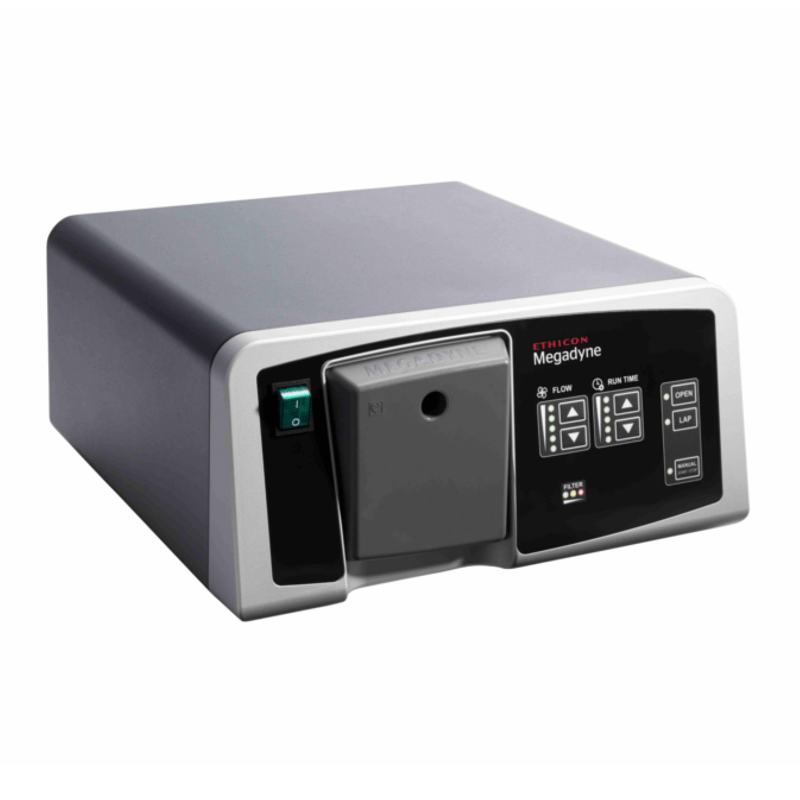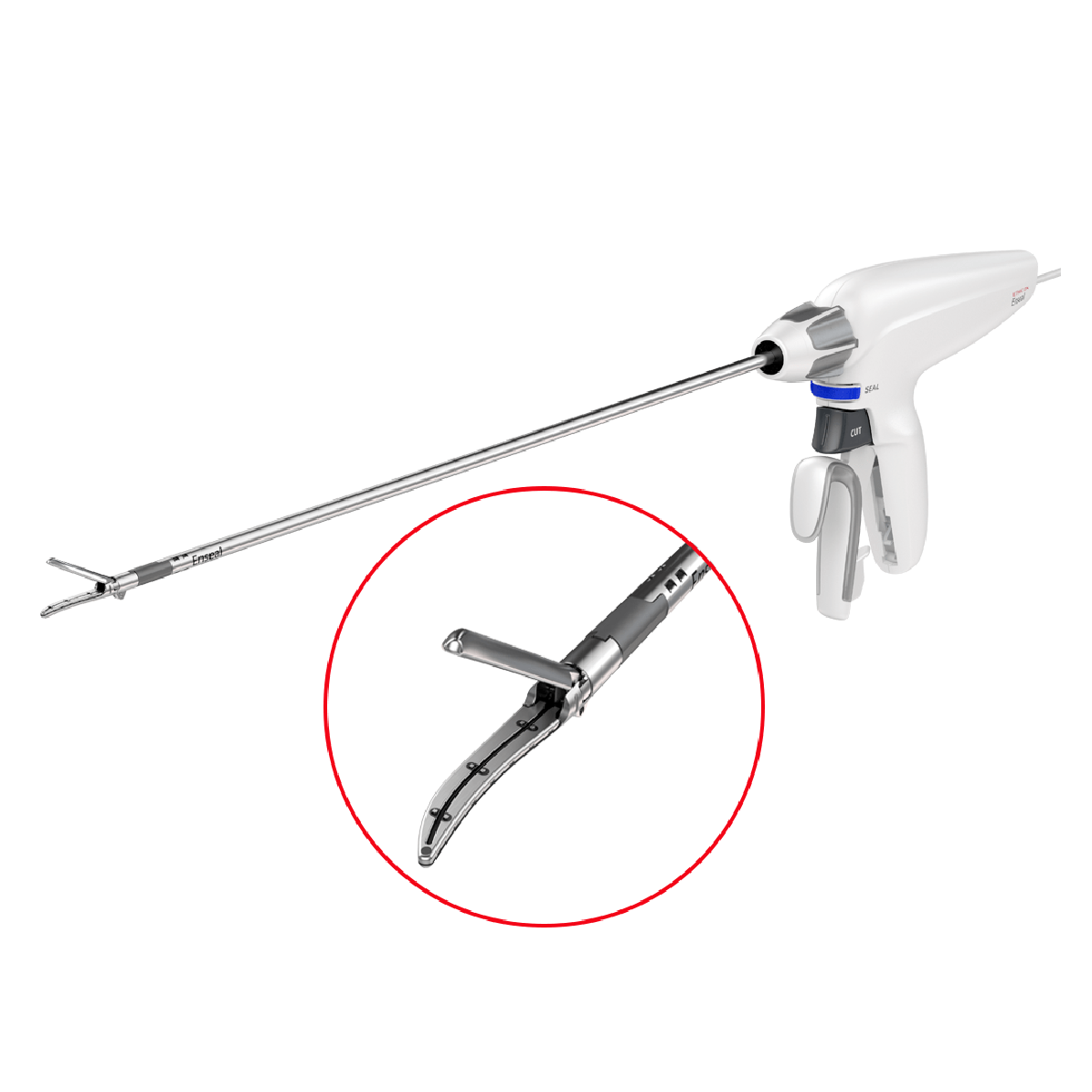To access AIS Channel content, please allow all cookies. Please click here to configure your preferences.
Bipolar electrosurgery is not new, but it was not until the 1990s that instruments technology started to improve.
The main advantages of advanced bipolar instrumentation are the better compression for larger vessel sealing and the addition of a cutting mechanism. We must also highlight stronger sealing abilities, better heat management, and reduce thermal spread.
A current of electrons moves through tissue and the compression heats the tissue. The main difference with monopolar technologies is that the current does not pass through the patient. The current goes from the active electrode to the returned electrode of the passing through the tissue and back to the generator.
The sealing procedure starts with compression because coagulation requires compression of the tissue. When you generate heat inside the tissue you are breaking hydrogen bonds and all proteins in the cell are denatured forming a sticky coagulum. Advanced bipolar technology generates heat by the electrical energy flowing into the tissue and coagulates the tissue and the mechanical blade is used in the transection of the tissue.
Traditional bipolar devices lack compression and are limited to smaller vessels. Traditional devices rely more on heat, which results in tissue shrinkage and thrombus formation. Nevertheless, advanced bipolar devices optimize the combination of compression, heat, and time, which enables larger vessel sealing up to 7mm.
Ultrasonic technology is based on a generator that is a source of electrical energy which is converted to mechanical motion in the hand piece thanks to a transducer. It adjusts voltage to maintain the frequency and displacement of the blade.
As mentioned before, coagulation requires tissue compression. Hydrogen bonds are broken via friction and proteins in the cells are denatured forming sticky coagulum. Then, frictional heat desiccates and coagulates the tissue. When tissue is coagulated, tissue is transected. This technology is critical for sealing.





